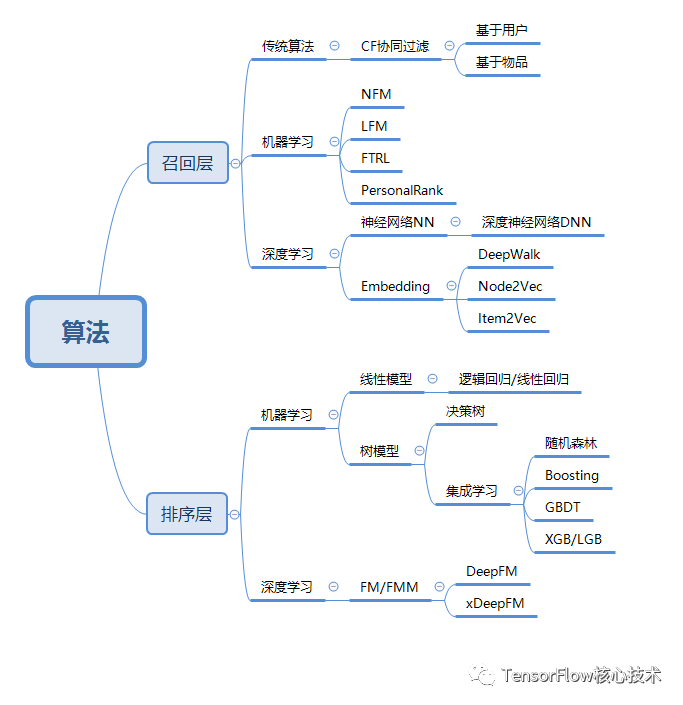0x00 前言
位图索引被广泛用于数据库和搜索引擎中,通过利用位级并行,它们可以显著加快查询速度。但是,位图索引会占用大量的内存,因此我们会更喜欢压缩位图索引。 Roaring Bitmaps 就是一种十分优秀的压缩位图索引,后文统称 RBM。
压缩位图索引有很多种,比如基于 RLE(Run-Length Encoding,运行长度编码)的WAH (Word Aligned Hybrid Compression Scheme) 和 Concise (Compressed ‘n’ Composable Integer Set)。相比较前者, RBM 能提供更优秀的压缩性能和更快的查询效率。
0x01 用途
RBM 的用途和 Bitmap 很差不多(比如说索引),只是说从性能、空间利用率各方面更优秀了。目前 RBM 已经在很多成熟的开源大数据平台中使用,简单列几个作为参考:
- Apache Lucene and derivative systems such as Solr and Elasticsearch,
- Metamarkets’ Druid,
- Apache Spark,
- Apache Hive,
- eBay’s Apache Kylin,
- ……
总之 RBM 很优秀,大家都在用,学一学可能自己写代码用不到,但是对于理解这些常用的开源大数据系统没有坏处。
0x02 原理
一、英文版
原理的话先直接上一段论文的原文,两三段基本把整个 RBM 的设计思想给讲清楚了。不想看英文了可以直接跳过看后面的中文总结。
We partition the range of 32-bit indexes ([0; n)) into chunks of 216 integers sharing the same 16 most significant digits. We use specialized containers to store their 16 least significant bits. When a chunk contains no more than 4096 integers, we use a sorted array of packed 16-bit integers. When there are more than 4096 integers, we use a 216-bit bitmap. Thus, we have two types of containers: an array container for sparse chunks and a bitmap container for dense chunks. The 4096 threshold insures that at the level of the containers, each integer uses no more than 16 bits: we either use 216 bits for more than 4096 integers, using less than 16 bits/integer, or else we use exactly 16 bits/integer. The containers are stored in a dynamic array with the shared 16 most-significant bits: this serves as a first-level index. The array keeps the containers sorted by the 16 most-significant bits.We expect this first-level index to be typically small: when n = 1 000 000, it contains at most 16 entries. Thus it should often remain in the CPU cache. The containers themselves should never use much more than 8 kB.
二、主要思想
RBM 的主要思想并不复杂,简单来讲,有如下三条:
- 我们将 32-bit 的范围 ([0, n)) 划分为 2^16 个桶,每一个桶有一个 Container 来存放一个数值的低16位;
- 在存储和查询数值的时候,我们将一个数值 k 划分为高 16 位
(k % 2^16)和低 16 位(k mod 2^16),取高 16 位找到对应的桶,然后在低 16 位存放在相应的 Container 中; - 容器的话, RBM 使用两种容器结构: Array Container 和 Bitmap Container。Array Container 存放稀疏的数据,Bitmap Container 存放稠密的数据。即,若一个 Container 里面的 Integer 数量小于 4096,就用 Short 类型的有序数组来存储值。若大于 4096,就用 Bitmap 来存储值。
如下图,就是官网给出的一个例子,三个容器分别代表了三个数据集:
- the list of the first 1000 multiples of 62
- all integers [216, 216 + 100)
- all even numbers in [2216, 3216)

0x03 举个栗子
看完前面的还不知道在说什么?没关系,举个栗子说明就好了。现在我们要将 821697800 这个 32 bit 的整数插入 RBM 中,整个算法流程是这样的:
- 821697800 对应的 16 进制数为 30FA1D08, 其中高 16 位为 30FA, 低16位为 1D08。
- 我们先用二分查找从一级索引(即 Container Array)中找到数值为 30FA 的容器(如果该容器不存在,则新建一个),从图中我们可以看到,该容器是一个 Bitmap 容器。
- 找到了相应的容器后,看一下低 16 位的数值 1D08,它相当于是 7432,因此在 Bitmap 中找到相应的位置,将其置为 1 即可。

是不是很简单?然后换一个数值插入,比如说 191037,它的 16 进制的数值是 0002EA3D ,插入流程和前面的例子一样,不同的就在于, 高 16 位对应的容器是一个 Array Container,我们仍然用二分查找找到相应的位置再插入即可。
0x04 原理补充
RBM 的基本原理就这些,基于这种设计原理会有一些额外的操作要提一下。
请注意上文提到的一句话:
若一个 Container 里面的 Integer 数量小于 4096,就用 Short 类型的有序数组来存储值。若大于 4096,就用 Bitmap 来存储值。
先解释一下为什么这里用的 4096 这个阈值?因为一个 Integer 的低 16 位是 2Byte,因此对应到 Arrary Container 中的话就是 2Byte * 4096 = 8KB;同样,对于 Bitmap Container 来讲,2^16 个 bit 也相当于是 8KB。
然后,基于前面提到的两种 Container,在两个 Container 之间的 Union (bitwise OR) 或者 Intersection (bitwise AND) 操作又会出现下面三种场景:
- Bitmap vs Bitmap
- Bitmap vs Array
- Array vs Array
RBM 提供了相应的算法来高效地实现这些操作,比如下图是 Bitmap vs Bitmap,这里暂不再深入讨论,感兴趣的可以看一下论文原文。

0xFF 总结
好了,RBM 的大致原理就这些,不深入也没有简单代码的实现。仅能做一个入门的参考。
本文是参考论文《Better bitmap performance with Roaring bitmaps》,该论文中提到的是 Bitmap 和 Array 两种容器,算是包含了 RBM 的主要思想。然后,在另一篇论文《Consistently faster and smaller compressed bitmaps with Roaring》中会对 RBM 有更深入的探讨,并引入了一种新的容器: Run,感兴趣的童鞋可以深入看一看。
转载请注明:学时网 » 不深入而浅出 Roaring Bitmaps 的基本原理



